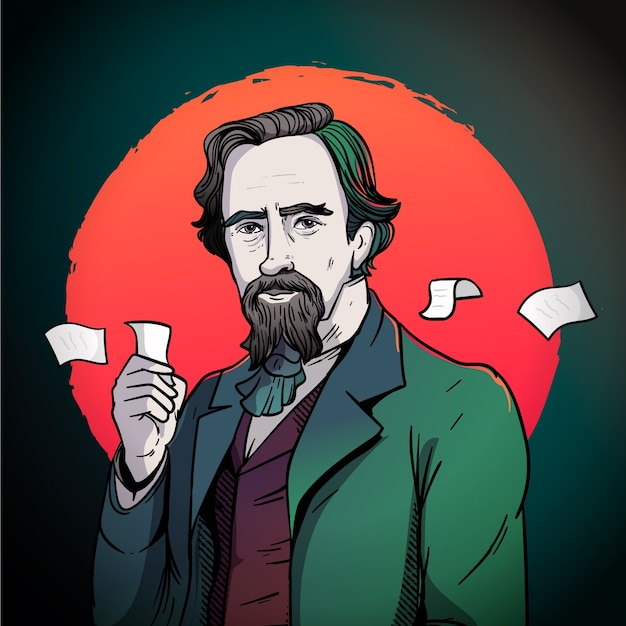Facts about John Steinbeck

John Steinbeck was born on February 27, 1902, in Salinas, California.
Steinbeck received the Nobel Prize in Literature in 1962.
He attended Stanford University but never completed his degree.
Steinbeck’s famous novel The Grapes of Wrath was published in 19
5. His novel Of Mice and Men was adapted into a successful play.
Steinbeck served as a war correspondent during World War II.
He wrote a non-fiction book called Travels with Charley about his road trip across America with his dog.
Steinbeck’s writing often focused on themes of social justice and the plight of the working class.
He wrote over 25 books throughout his career.
Steinbeck won the Pulitzer Prize for Fiction in 1940 for The Grapes of Wrath.
He wrote a collection of stories called The Pastures of Heaven in 19
Steinbeck’s novel East of Eden was inspired by his own family history.
He spent many years living and working in New York City.
Steinbeck’s writing often featured realistic and detailed descriptions of the American landscape.
He was influenced by the works of American authors such as Mark Twain and William Faulkner.
Steinbeck’s novel Cannery Row is set in Monterey, California.
He worked as a manual laborer on farms and ranches, which influenced his understanding of the working class.
Steinbeck’s writing often explored themes of loneliness and isolation.
Facts about John Steinbeck part 2
He was married three times and had two sons.
Steinbeck’s novel The Pearl is set in Mexico and explores themes of greed and corruption.
His novella The Red Pony is a coming-of-age story set on a ranch.
Steinbeck’s writing was often controversial and faced criticism for its political themes.
He was a member of the Communist Party for a brief period in the 1930s.
Steinbeck’s novel Tortilla Flat is set in Monterey and portrays a group of paisanos, or Mexican-American locals.
He served as a consultant for a documentary film about migrant workers called The Forgotten Village.
Steinbeck’s novel In Dubious Battle explores the struggles of labor organizing in California’s agricultural industry.
He was awarded the Presidential Medal of Freedom in 1964.
Steinbeck’s novel The Winter of Our Discontent deals with themes of morality and personal integrity.
He was inspired by his experiences as a fisherman in creating the character of Doc in Cannery Row.
Steinbeck’s novel The Moon Is Down tells the story of a small European town occupied by military forces.
He was one of the first American writers to be recognized by both literary critics and the general public.
Steinbeck’s writing often featured characters who struggle against oppressive social forces.
His novel Burnt Norton is a mystery set in the fictional California town of Monterey.
Steinbeck’s novel The Wayward Bus follows a group of passengers stranded at a roadside diner during a storm.
He was known for his vivid and poetic writing style.
Steinbeck’s novel The Long Valley is a collection of short stories set in the Salinas Valley.
His novel To a God Unknown explores the intersection of spirituality, nature, and human desire.
Steinbeck’s writing reflected the social and economic struggles of the Great Depression era.
He was inspired by his childhood experiences growing up in a rural, agricultural community.
Steinbeck’s novel The Short Reign of Pippin IV is a satirical exploration of political power.
His work continues to be studied and celebrated in classrooms and literary circles around the world.
Steinbeck’s novel Cup of Gold is a fictionalized account of the pirate Henry Morgan.
He wrote a play called Burning Bright, which depicts a conflict between a family and circus workers.
Steinbeck’s novel Sweet Thursday is a sequel to Cannery Row and follows the lives of its characters.
His writing often portrayed characters who face moral dilemmas and navigate complex ethical questions.

